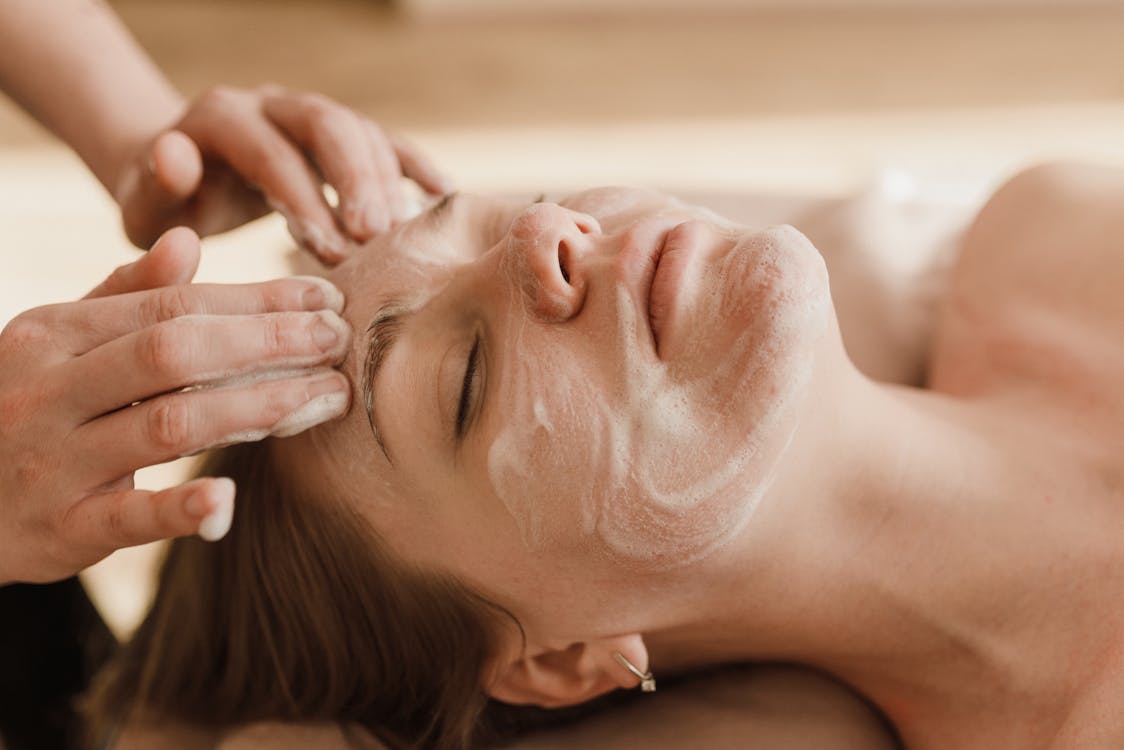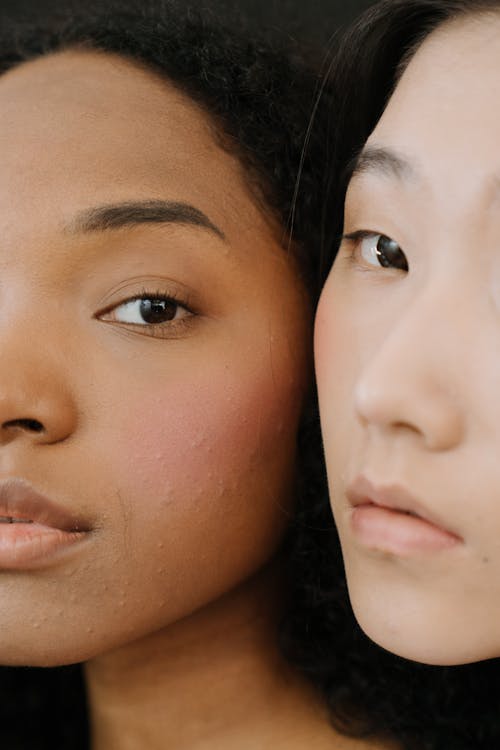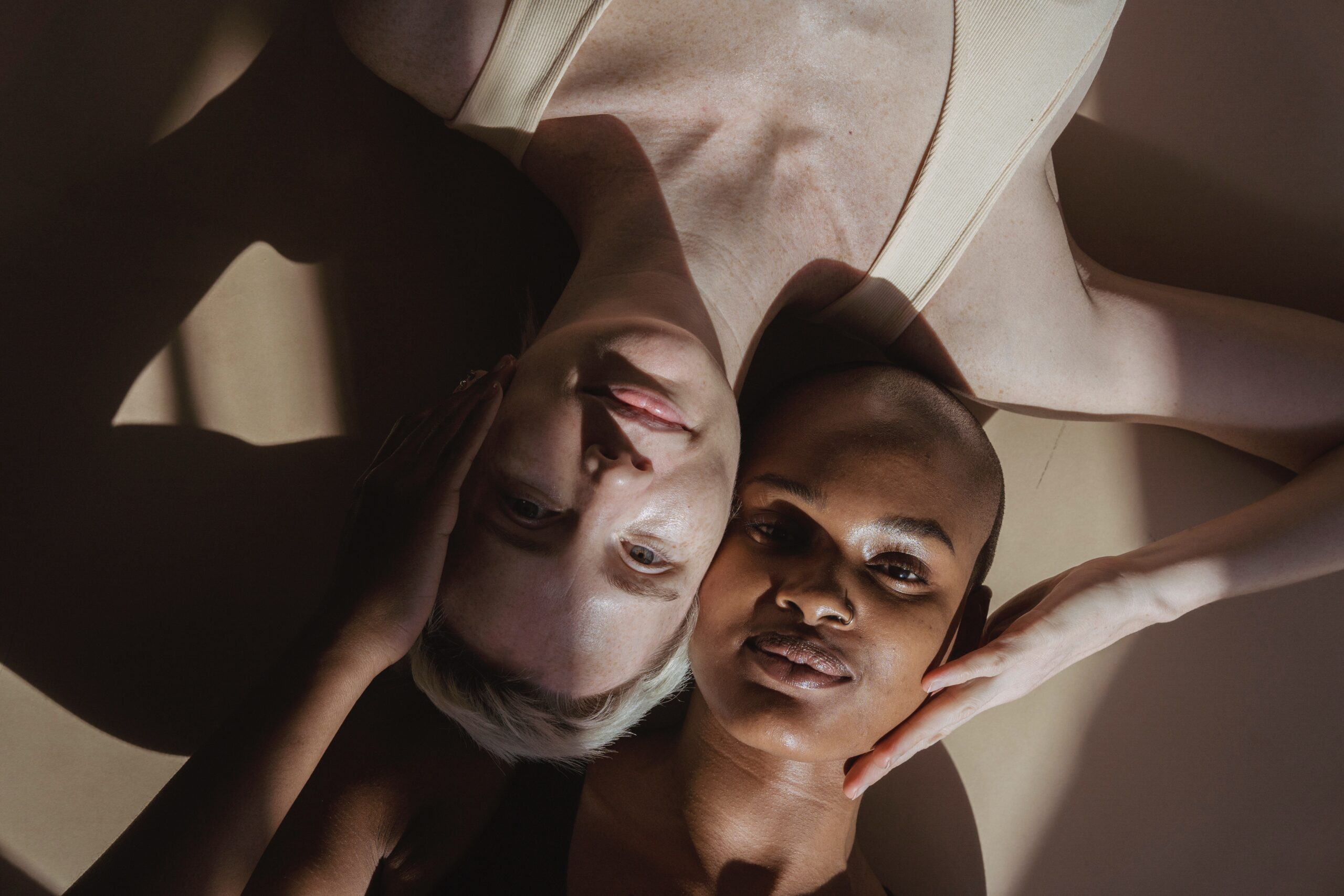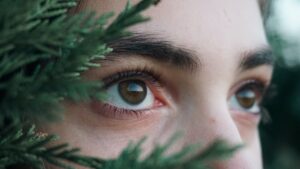The human face, a canvas of emotions and identity, is a source of intrigue, investigation, and yearning for countless individuals worldwide. In the quest of beauty, health, and self-expression, we typically focus on the visible parts of our facial characteristics — the skin’s texture, the symmetry of our features, or the glitter in our eyes. However, there is a secret world under the surface that plays an equally crucial function in moulding our look and sustaining our well-being: the complicated network of facial veins.
As we go further into this enthralling domain, we start on a journey of discovery, learning the mysteries that lay behind our skin’s veneer. In this essay, we shall travel the intriguing geography of facial veins, studying their convoluted architecture, varied roles, the obstacles they may experience, and the multitude of therapies available to address these concerns.
Like the complex brushwork on a painting, facial veins artfully weave their way across the facial canvas, fostering and supporting our most valued characteristics. Their presence is a monument to the intricacy and grace of the human body, buried behind a surface that conceals the exquisite fabric of life itself. These veins are more than simply channels for blood; they are the silent builders of our look, defining the shapes of our cheekbones, the brightness of our complexion, and the subtle subtleties that make each of us wonderfully attractive.
But the story of facial veins extends beyond aesthetics. These magnificent veins act as conduits for life, enabling the circulation of oxygen, nutrients, and critical components that keep our skin youthful and bright. Their function in thermoregulation, reacting to environmental changes to maintain our body’s optimal temperature, is an often-overlooked marvel of engineering. When we flush or feel the warmth of a soft caress, it is the coordinated dance of these veins that colors our skin with emotion.
Yet, like in many stories, there are problems that may occur. Spider veins, broken capillaries, rosacea – these are the villains that might damage the perfect complexion we seek. Despite their seemingly insignificant nature, these facial vein concerns can cause discomfort and weaken one’s self-confidence. In rare situations, more severe adversaries, such as venous abnormalities or thrombosis, might jeopardize the equilibrium inside our face circulatory system.
But worry not, for we have at our disposal an arsenal of therapies, both cosmetic and medicinal, to fight these foes head-on. The creativity of contemporary science and technology allows us to recover our facial canvas, restoring its natural beauty and vitality. From the delicate touch of laser therapy to the accuracy of surgical intervention, there is a solution for any difficulty that may occur.
In our research of facial veins, we unearth not merely the secrets of beauty but also the fundamental interaction between form and function. While we want to enhance our looks, let us not forget the quiet heroes beneath our skin, persistently striving to keep us healthy and youthful. The elegance of face veins reminds us of the exquisite beauty of the human body, a masterpiece in itself.
Anatomy of Face Veins
Face veins, often known as facial veins or simply veins of the face, are a complex network of blood vessels that convey oxygen-depleted blood back to the heart. They are part of the wider circulatory system, which includes arteries that carry oxygenated blood away from the heart and veins that return deoxygenated blood to the heart.
The face veins may be roughly classified into three primary groups:
1. Superficial Facial Veins: These veins are placed near to the surface of the skin and are visible in certain persons. They are important for draining blood from the outer layers of the skin and are particularly prominent in locations like the cheeks and forehead.
2. Deep Facial Veins: These veins sit deeper inside the facial tissues and are not visible through the skin. They perform a key function in draining blood from the muscles and deeper tissues of the face.
3. Sinusoidal Veins: These specialized veins are found within the sinuses of the face, such as the cavernous sinus. They are vital for draining blood from the brain and surrounding regions.
Functions of Facial Veins
Facial veins conduct various critical tasks in the body:
1. Oxygen and Nutrient Exchange: Veins in the face, like veins elsewhere in the body, promote the exchange of oxygen and nutrients to cells while eliminating waste products like carbon dioxide.
2. Thermoregulation: The circulatory system helps control body temperature by dispersing heat. Facial veins play a part in this process by dilating or constricting in reaction to temperature changes, helping to disperse or store heat as needed.
3. Removal of Waste Products: Deoxygenated blood, loaded with waste products, is moved away from face tissues, helping preserve the health and vitality of the skin and surrounding structures.
Common Issues with Face Veins
While face veins are typically vital for maintaining overall health, numerous disorders might damage them:
1. Spider Veins: Spider veins are tiny, dilated blood vessels that can form on the face, frequently in a web-like or spiderweb pattern. They are normally harmless but might be visually unpleasant to certain folks.
2. Broken Capillaries: These microscopic blood vessels, also known as telangiectasia, can become evident on the face owing to several circumstances, including sun exposure, ageing, or skin problems.
3. Rosacea: A chronic skin disorder marked by face redness and visible blood vessels, rosacea can damage the look and comfort of persons with this condition.
4. Vein Disorders: Rarely, more serious disorders such venous malformations or thrombosis can affect the face veins, needing medical treatment.
Treatment Options for Facial Vein Issues
Several therapies are available to address facial vein disorders, depending on the exact problem:
1. Laser Therapy: Laser treatments, such as pulsed-dye lasers or intense pulsed light (IPL), can successfully target and eradicate spider veins and broken capillaries, enhancing the skin’s look.
2. Sclerotherapy: This process involves injecting a solution into the afflicted veins, causing them to collapse and gradually fade away. It is often used for treating spider veins and minor varicose veins.
3. Topical Creams: Certain topical creams containing substances like retinoids or vitamin K can help minimize the appearance of broken capillaries and redness associated with rosacea.
4. Surgery: In situations of severe vein abnormalities or vascular anomalies, surgical intervention may be essential to repair the condition.
Conclusion
Facial vein
s, although frequently disregarded, serve a key function in preserving the health and attractiveness of the face. Understanding their structure, functioning, and typical difficulties helps enable individuals to make educated decisions about resolving any concerns they may have. Whether it’s through non-invasive treatments like laser therapy or more complicated operations, contemporary medicine provides a number of solutions to help clients attain the desired look and preserve the health of their facial veins.
In conclusion, we have explored the fascinating world of facial veins, unraveling their intricate anatomy, vital functions, common issues, and the various treatment options available. Our journey through this remarkable aspect of human physiology has shed light on the hidden, yet crucial, network of vessels that reside beneath the surface of our skin.
The anatomy of facial veins is a testament to the complexity and sophistication of the human body. Superficial facial veins, deep facial veins, and sinusoidal veins work in harmony to ensure the circulation of blood, oxygen, and nutrients throughout the facial tissues. Their intricate interplay contributes not only to the health but also to the aesthetics of our face.
Facial veins serve a multitude of functions beyond mere blood transport. They play a pivotal role in maintaining the temperature equilibrium of our body, ensuring that we remain comfortable in a wide range of environmental conditions. By dilating or constricting in response to temperature changes, they help to regulate heat distribution, ultimately safeguarding our overall well-being.
Moreover, facial veins are instrumental in the removal of waste products from our cells. By efficiently transporting deoxygenated blood away from the skin and deeper facial structures, they contribute to the vitality of our skin and surrounding tissues. In this way, they play an active role in preserving our youthful appearance and skin health.
Despite their indispensable roles, facial veins are not exempt from issues. Spider veins, broken capillaries, rosacea, and more severe vein disorders can affect the appearance and comfort of individuals. Spider veins, characterized by their delicate web-like patterns, are a common cosmetic concern. However, they are generally harmless and can be effectively treated through non-invasive methods like laser therapy. Broken capillaries, often associated with sun damage and ageing, can be addressed with topical creams containing ingredients like retinoids or vitamin K.
Rosacea, a chronic skin condition that causes redness and visible blood vessels, can be a source of distress for those who experience it. Nevertheless, there are treatments available, both medical and cosmetic, to manage its symptoms and enhance the quality of life for affected individuals.
In rare cases, more serious conditions, such as venous malformations or thrombosis, can affect the facial veins. In these instances, medical intervention may be necessary to correct the underlying issue. Surgery and other advanced medical procedures can offer hope and relief to individuals facing such challenges.
In the quest for flawless skin and facial aesthetics, it’s important to remember that facial veins are more than just conduits for blood; they are integral to our overall health and well-being. It’s crucial to approach any cosmetic treatments with an understanding of the underlying physiology and to consult with qualified medical professionals for the best outcomes.
In our exploration of facial veins, we have uncovered the remarkable balance between form and function in the human body. The aesthetic concerns associated with facial veins are but a small part of their complex role in maintaining our health and vitality. As science and medicine continue to advance, so too will our understanding and ability to address the various issues that may arise. This knowledge empowers us to make informed decisions about our health and appearance, ensuring that we can put our best face forward, both figuratively and literally.
In the end, while our fascination with facial aesthetics is understandable, it’s important to remember that beneath the surface lies a network of veins tirelessly performing their essential functions, helping us stay healthy and vibrant, and keeping the true essence of our being alive – a testament to the intricate beauty of the human body.



